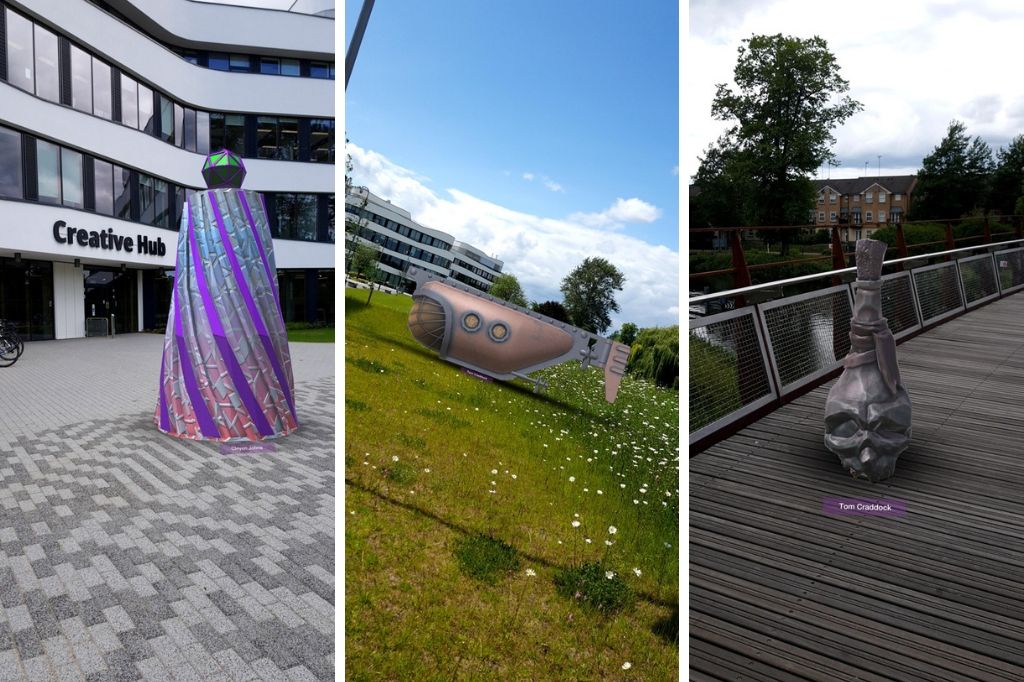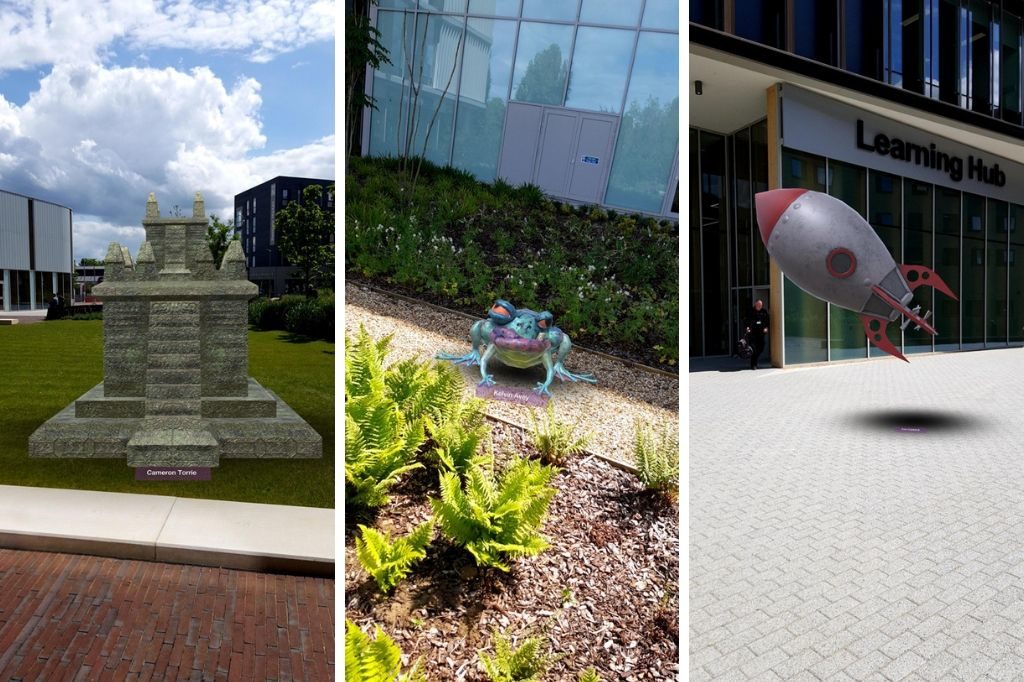- This post is part of the materials for a session on Augmented Reality presenting at the 2019 SolSTICE eLearning and CLT Conference 5-6th Jun...
- A recent presentation by Dr Scott Turner of the University of Northampton to BCS Northampton branch discussed the idea of Benevolent Machine...
- via GIPHY Young Code rs Competition 2019 The Young Code rs Competition is a new competition for primary scho...
- 2018 Turner, S. J. (2018) Games in teaching programming: HE perspective. Invited Presentation presented to: Gaming in Education, ...
- We welcomed Lady Parmley (master of @WCITLivery ) to the school today to present awards to computer coding groups. We came 1st and 2nd in...
- As part of their studies in Artificial Intelligence, some of the students have produced posters on aspects of Evolutionary Algorithms. The ...
- Short presentation on an introduction to blockchain presented to the Northamptonshire Logistics Forum on 21st May 2019. Citation: Turner, ...
- Goodyear, A. , & Mu, M. (Accepted/In press). Abstract Painting Practice: Expanding in a Virtual World . Paper presented at ACM Interna...
- In a previous post I looked to experimenting with adding 3D models in glTF form (GL Transmission Format) into AFrame as part of an Augment...
- via GIPHY The junkbots project went to Duston Eldean Primary School, Northampton on 3rd April 2019, as part of their STEAM Week. Eac...
Subscribe To
All views and opinions are the author's and do not necessarily reflected those of any organisation they are associated with. Twitter: @scottturneruon






















